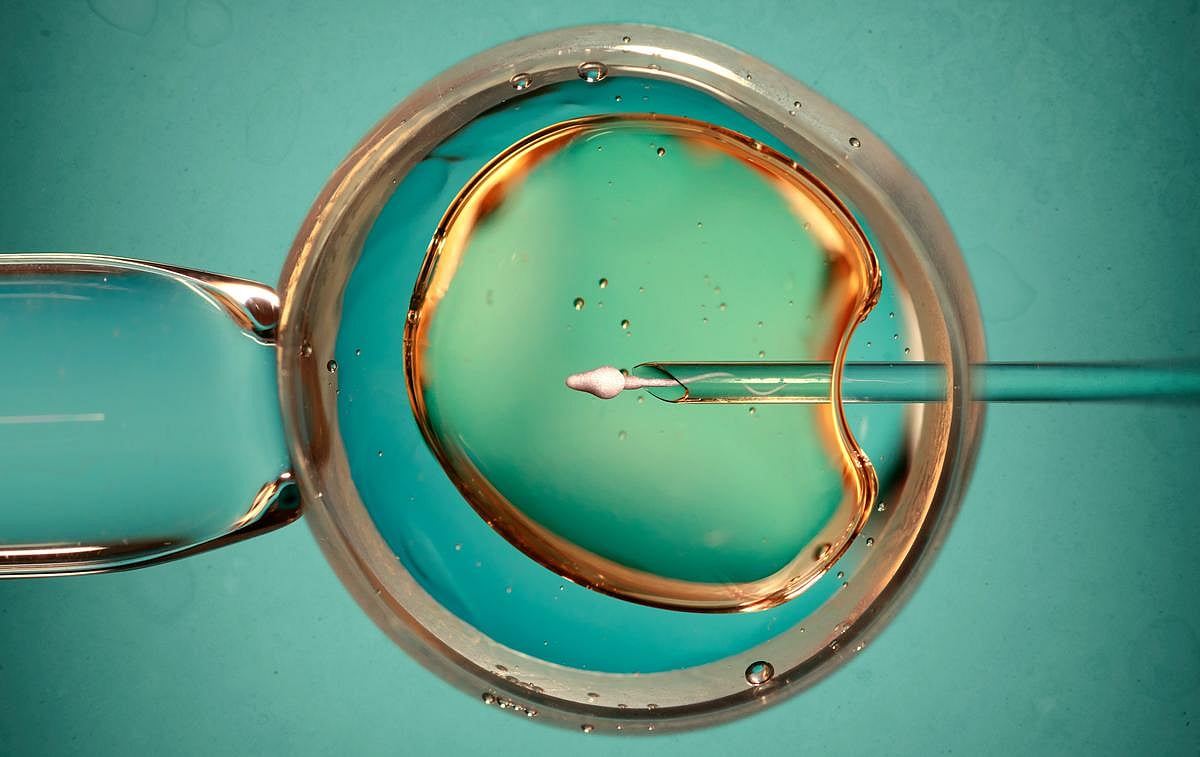Get Healthy!

- I. Edwards
- Posted August 4, 2025
Couple Welcomes Baby From 1994 Embryo in Rare ‘Embryo Adoption’
An Ohio couple has welcomed a healthy baby boy from an embryo frozen for more than three decades, setting what doctors believe is a new world record.
Lindsey and Tim Pierce’s son was born last Saturday after developing from an embryo frozen in 1994 — exactly 11,148 days earlier.
The Pierces used embryo adoption, where unused embryos are donated by other families.
“We didn’t go into this thinking about records — we just wanted to have a baby,” Lindsey Pierce told The Associated Press.
About 2% of U.S. births involve in vitro fertilization (IVF), and even fewer use donated embryos. But this type of donation is gaining attention, especially among Christians who say embryos deserve a chance at life.
The embryo was originally created by Linda Archerd in 1994. At the time, Archerd and her then-husband hoped to grow their family using IVF.
She gave birth to a daughter and later divorced. Unsure what to do with the remaining embryos, Archerd said she struggled with guilt as the years passed and storage fees mounted.
“I felt all along that these three little hopes, these little embryos, deserved to live just like my daughter did,” Archerd, now 62, told The AP.
She eventually connected with Snowflakes, a division of Nightlight Christian Adoptions, which helps place frozen embryos with adoptive families. Archerd was allowed to choose the family who would receive them, and she chose the Pierces.
“I wanted to be a part of this baby’s life,” she said to The AP. “And I wanted to know the adopting parents.”
The donation wasn’t simple, however. Archerd had to track down her original fertility clinic in Oregon and find decades-old paperwork.
From there, the embryos were shipped to Rejoice Fertility in Tennessee, a clinic known for accepting embryos that are in old containers.
Of the three donated embryos, one didn’t survive the thaw. Two were implanted in Lindsey Pierce and one resulted in last week’s birth.
Dr. John David Gordon, who led the embryo transfer, told The Associated Press that this is now the longest-frozen embryo to result in a live birth.
The previous record — also from his clinic — was set in 2022 when twins were born from embryos frozen for 10,905 days or 30 years, he said.
“I think that these stories catch the imagination,” Gordon said. “But I think they also provide a little bit of a cautionary tale to say: Why are these embryos sitting in storage? You know, why do we have this problem?”
About 1.5 million frozen embryos are believed to be in storage across the United States today. Many are in limbo as families decide what to do with them.
The issue became more complicated last year when Alabama’s Supreme Court ruled that frozen embryos should be considered children under state law. While lawmakers have passed temporary protections for clinics, uncertainty persists.
For Archerd, the process has been emotional.
She feels relief knowing the embryos found a home, but also sadness that she couldn’t raise the baby herself.
“I’m hoping that they’re going to send pictures,” she told The Associated Press, noting that the parents sent several after the birth. “I’d love to meet them some day. That would be a dream come true to meet — meet them and the baby.”
More information
The Mayo Clinic has more on in vitro fertilization (IVF).
SOURCE: The Associated Press, Aug. 1, 2025







